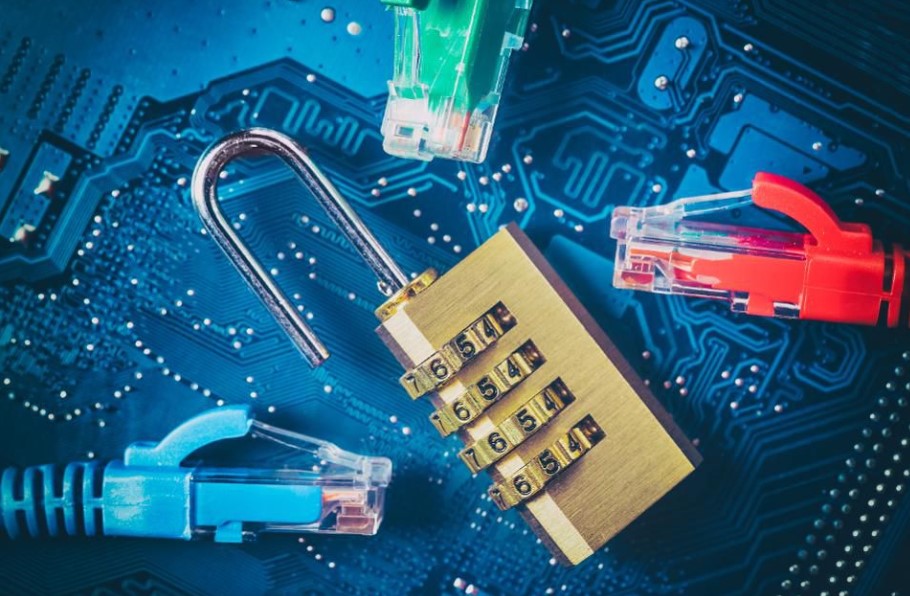
Blockchain is the new “hot” technology that promises to disrupt many industries. It gains traction at a time when “smart” electrical grid management systems are automatically diagnosing problems and emergencies, and reconfiguring responses to them. It also comes at a time when the U.S. Department of Homeland Security announced that Russians had successfully hacked into at least one power grid in the U.S. and have been attempting to do so since 2016.
Obviously, security of smart grids is critical. And, according to Benjamin Gu, founder and chairman of Daex, blockchain technology may just hold the answer to improved security standards of interconnectivity, data exchanges and permission control. Daex is a cryptocurrency clearing solution based on distributed ledger technology that serves as a bridge connecting exchanges, and a custodian of multiple assets for users.
Two basic security concerns related to energy and smart grids
Smart grids rely on automation and remote access. And these bring with them security concerns that we are just now beginning to deal with. The potential for individual or “enemy” governments to hack into these grids is real and has already occurred.
- Authentication – The verification that someone “entering” the grid technology is who they say they are.
- Authorization – The verification that someone who does enter has the authority to do what they plan to do.
Here are some early use cases that will illustrate vulnerabilities of smart grids and the promise of blockchain to prevent them.
In the summer of 2016, researchers from the University of Oklahoma, with permission of wind farm owners, physically hacked the external locks that got them into the “control room” of turbines.
Once in, they planted a $45 piece of equipment (a Raspberry Pi), went back to their PC and launched a series of attacks that shut down that turbine. More important, they actually had access to the entire wind farm and could shut it down completely. And they were able to relay false feedback to the farm operators that prevented the hacking from discovery. While wind farms comprise a small percentage of total energy resources, this activity pointed out the potential vulnerabilities of any smart grid.
Gu says blockchain technology could potentially prevent this. “The underlying technology has identification security through public-private encryption with key access. Those who attempt to ‘get in’ must verify their identity and their authorization to do so. If key access codes are kept safe and secure, blockchain will do the rest,” he explained.
2. Become the backbone of secure and efficient smart cities infrastructure
Urbanization is a rapidly growing phenomenon the world over. In fact, it is estimated that as many as 1.5 million people migrate to urban areas on a weekly basis.
To meet the needs of this increasing population, Gu says governments have undertaken many innovations to develop “smart” cities – cities that have the infrastructure and technology to meet the needs of their growing populations in an efficient and sustainable manner. The growing hurdles include better waste management, traffic controls, resource usage for heating, cooling and electricity.
The technology is here, and many cities are experimenting with bold initiatives.
- Smart buildings can be programmed to start up heating and cooling systems prior to human arrivals in the morning and to turn those off at night, thus automatically optimizing the consumption.
- Street lights are programmed to turn on and off via a smart grid whenever a vehicle or human approaches.
- Water supplies can be monitored for both usage and breakdowns, providing flow where necessary at the times necessary and responding to problems quickly.
- Waste management can be tracked and recorded, so that those who use less or more are charged accordingly.
- Traffic monitoring will allow commuters to know the best routes in real time on any given day.
- In cold climates, smart grids can turn on street warmers on roads and sidewalks when icy conditions occur.
All of these innovations require technology that turns things on and off and that monitors usage correctly, according to Gu. He added that “the blockchain is an ideal candidate for such solutions.”
It can verify identities and authorize access. It can record and store transactions in immutable records and make data exchanges between distributed gadgets seamless and cost-efficient. In short, it can provide the security that will keep a smart city in business.
3. Create a secure peer-to-peer energy trade environment
Increasingly, there is a movement afoot for users of alternative energy sources to buy, sell and trade to one another. In the UK, the company Verv, has launched the very first energy P2P trading project at a housing complex in Hackney. Solar panels already exist, and what Verv is doing is setting up a trading of power among the residents of 40 flats. It uses blockchain technology to verify identities and record the trades that occur.
“As individual consumers move toward alternative energy sources, stored energy can be bought and sold like any other commodity,” Gu said. “The key will be to have the security in place to ensure that those transactions are legitimate and permanently recorded. Blockchain allows this to happen.”
The blockchain technology exhibits a significant potential in the energy industry, offering a new, tamper-proof mechanisms for authentication, authorization and data exchanges. While the industry remains rigid in terms of regulation, we should still expect a certain degree of blockchain-based innovation in the nearest future.
